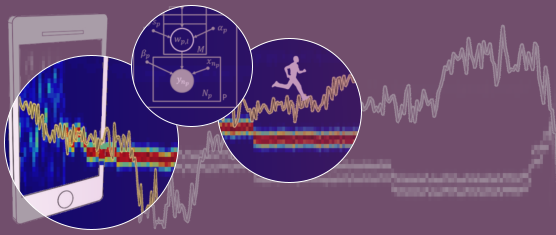H. Vathsangam, E. T. Schroeder, and G. S. Sukhatme

Lack of physical activity is linked with increased risk of obesity, heart disease, diabetes and certain cancers. Effective interventions to increase physical activity require accurate, objective and personalized estimates of activity intensity for each individual. In recent years, due to their ubiquitous nature and decreasing costs, phone-based accelerometers have emerged as one option to gather objective activity intensity information in free-living settings. One measure of activity intensity is energy expenditure. An important challenge in estimating energy expenditure from phone-based accelerometers is that of accounting for inter-personal differences in body types among individuals. Accounting for inter-individual differences can provide personalized estimates of energy expenditure thus improving accuracy of measurement. Our work addresses this challenge by presenting a set of data-driven algorithms that provide body-normalized estimates of energy expenditure given movement information captured with phone-based accelerometers. We utilize the notion that users with similar body types will expend similar amounts of energy for the same movement. Through a detailed experimental study focused on steady-state treadmill walking, we seek to understand the trade-offs involved in the proposed techniques. The techniques described in this paper can be extended to any application requiring normalization of a physiological signal based on descriptors of individuals in a population.
Tags: accelerometer, energy expenditure, hierarchical model, mobile phone, treadmill walking

